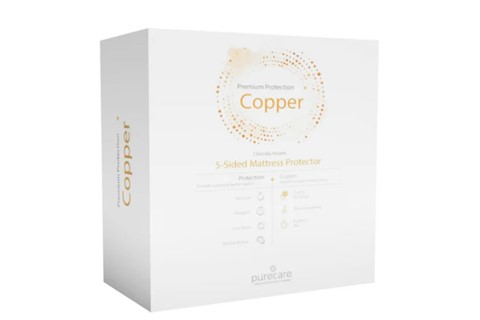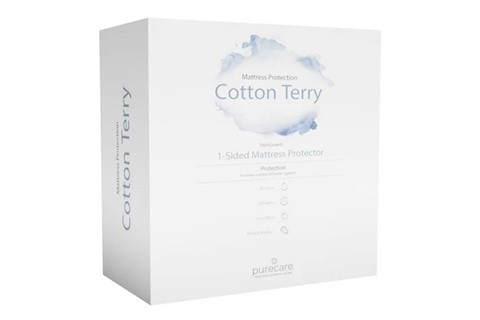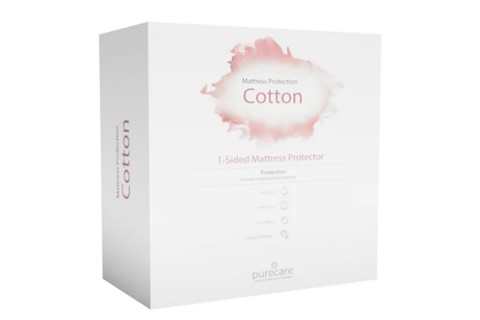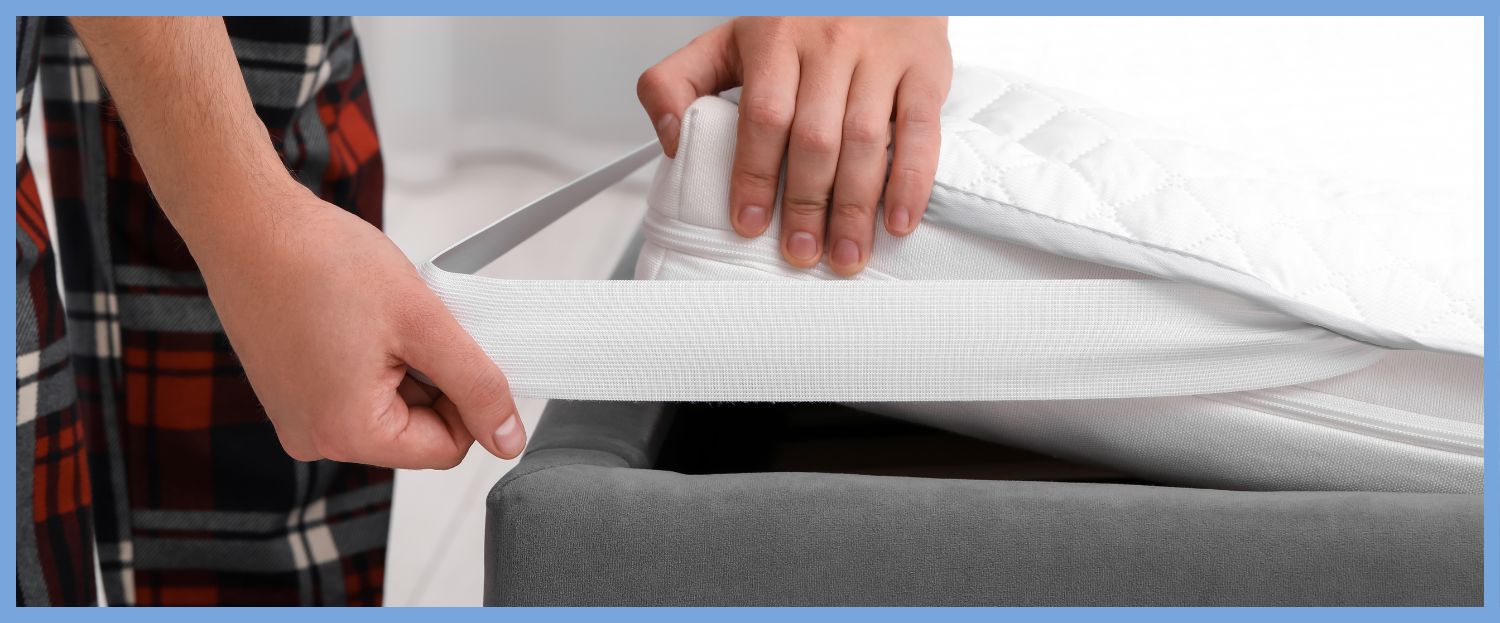Do You Need a Mattress Protector? Understanding the Benefits for Your Bedding
Key Takeaway
A mattress protector is an essential investment for anyone seeking to extend the longevity and maintain the hygiene of their mattress. It offers a robust defence against spills, dust mites, allergens, and wear, enhancing the cleanliness and comfort of your sleeping environment. Whether you're concerned about preserving your mattress or improving sleep quality, a mattress protector is a wise choice for safeguarding your bedding investment.
A mattress protector plays a crucial role in maintaining the longevity and hygiene of a mattress. It acts as a defensive layer that shields the mattress from accidental spills, dust mites, and allergens, which can all affect not only the mattress's condition but also the quality of sleep one experiences. While many may argue that a mattress alone is sufficient, the addition of a protector can significantly extend the life of the mattress by preventing damage and contamination.
Investing in a mattress protector is an economical way to shield your mattress from potential soiling and wear. These protective covers are designed to provide a barrier against dirt and stains, which is especially useful in households with children and pets. They also contribute to the overall cleanliness of the mattress, as they are easily removable and can be washed in a machine. This feature allows for regular cleaning, which is not an option for mattresses themselves.
Considering the average human spends roughly one-third of their life asleep, the significance of a clean and well-maintained sleeping surface is evident. Mattress protectors not only offer practical benefits but also enhance the sleep environment by reducing the likelihood of exposure to irritants that can disrupt sleep. In this respect, they are an essential consideration for anyone looking to invest in their sleep health and the longevity of their mattress.
Why Use a Mattress Protector?
A mattress protector serves as a defensive barrier, safeguarding the mattress against contaminants and wear while offering health benefits to the sleeper.
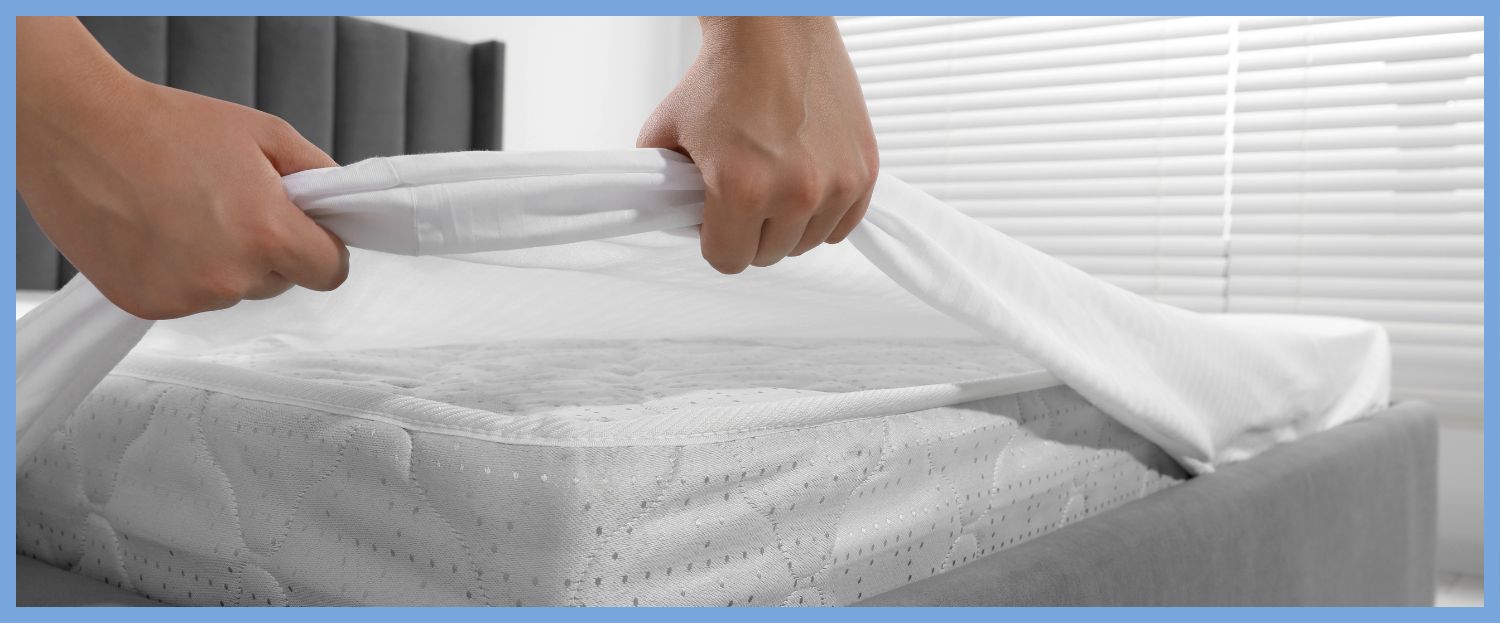
Health Benefits
Mattress protectors play a crucial role in maintaining a clean sleep environment. They are effective in:
- Blocking Dust Mites: These protectors prevent the accumulation of skin flakes in the mattress, which are the primary food source for dust mites, known to trigger allergies and respiratory issues.
- Restricting Allergens: By creating an impermeable layer, mattress protectors limit the penetration of allergens, thereby reducing the risk of allergy flare-ups during sleep.
Mattress Longevity
Using a mattress protector can significantly extend the life of a mattress by:
- Preventing Stains: It shields the mattress from spills and stains, which can otherwise lead to mould growth or permanent discolouration.
- Maintaining Warranty: Many mattress warranties require that the mattress be kept stain-free, a condition that a mattress protector can help fulfil, ensuring that warranty terms are upheld.
Different Types of Mattress Protectors
Selecting an appropriate mattress protector depends on the material and the fit specific to your mattress. The right choice enhances comfort while safeguarding your investment.
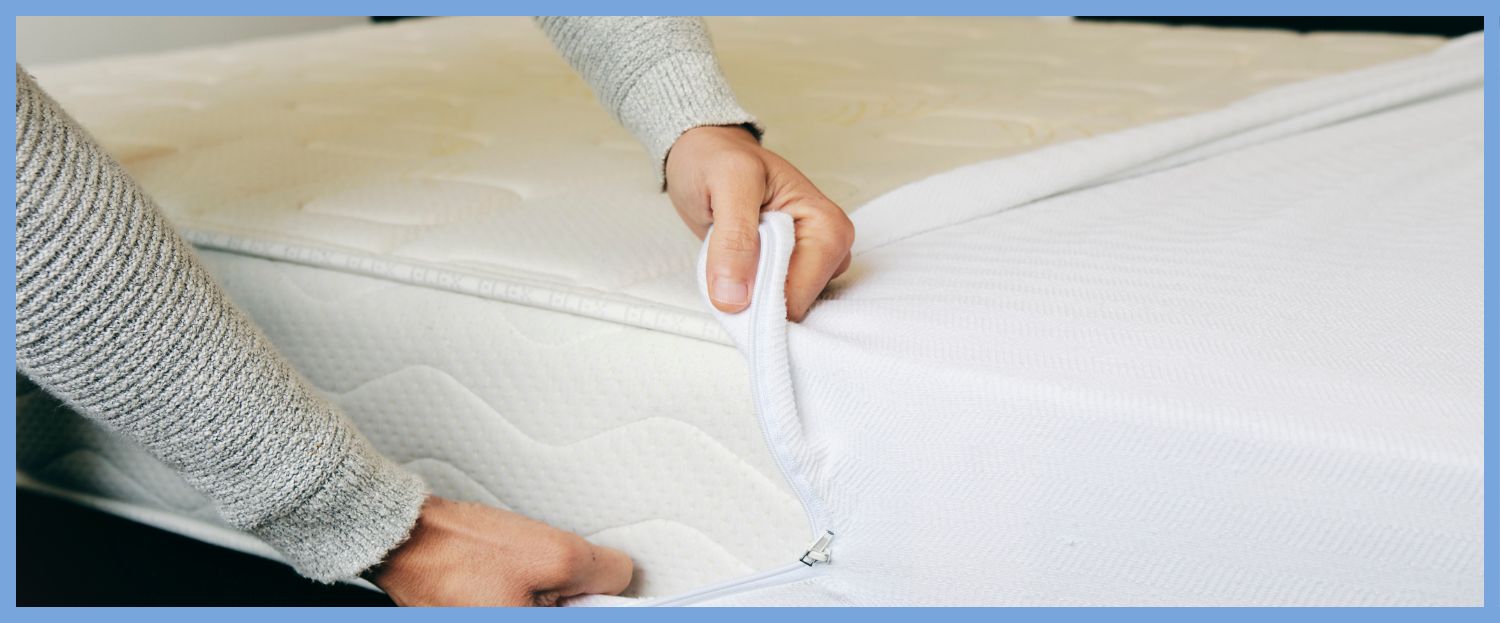
Materials and Fabric Choices
Waterproof mattress protectors usually feature a layer of polyurethane to block liquids. This key feature helps in maintaining a clean and hygienic sleeping environment, especially important for those with allergies. The materials commonly used include:
- Cotton: Known for its breathability and softness, often used on the top layer for comfort.
- Polyester: Durable and less expensive, polyester is often blended with other fibres to enhance protective features.
- Bamboo: Offers natural hypoallergenic qualities and moisture-wicking properties, useful for a cooling effect.
Some protectors combine materials to optimise comfort and protection, such as a cotton terry surface backed with a polyurethane layer.
MyBedFrames’ Best Selling Mattress Protectors
Discover the best of comfort and protection with MyBedFrames' top-selling mattress protectors.
